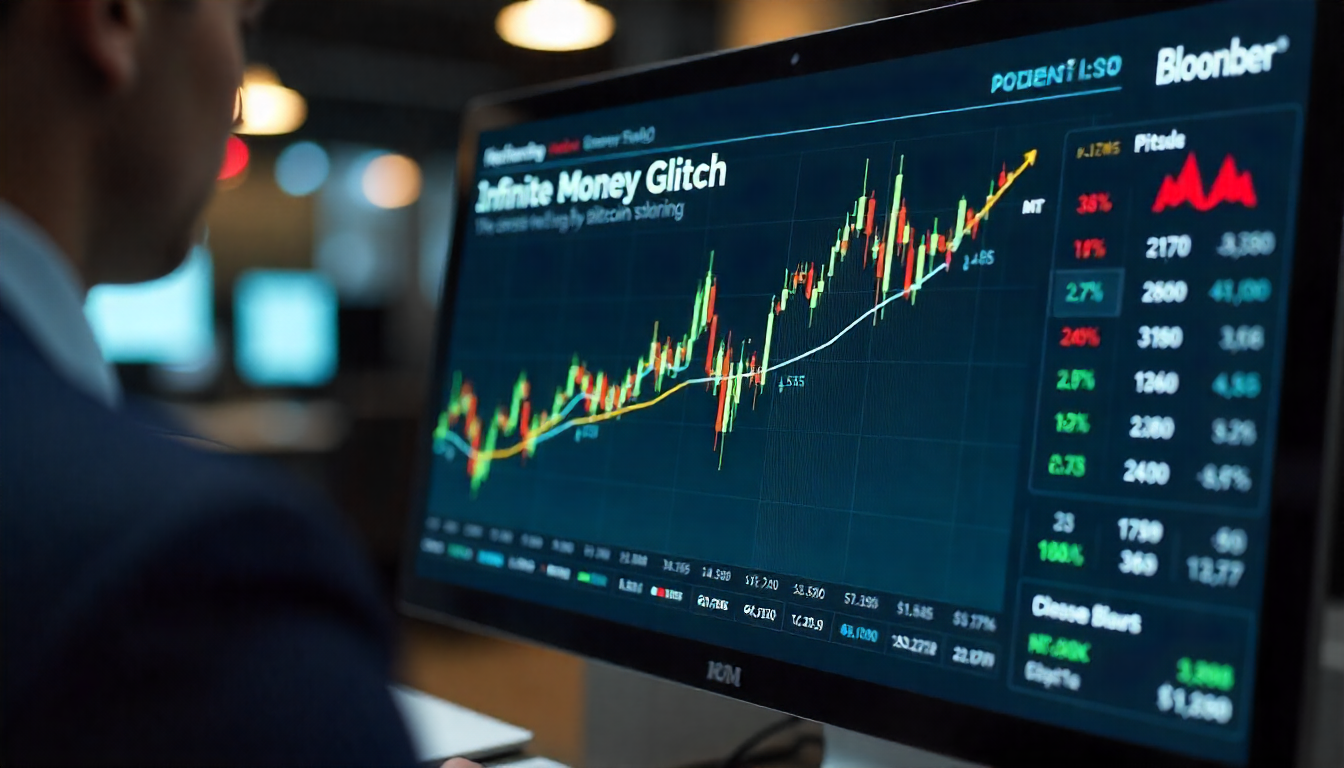A new trend is taking shape on Wall Street — and it’s centered not just on Bitcoin anymore, but increasingly on altcoins. Publicly traded companies are now deploying financial engineering to load up their balance sheets with crypto, triggering sharp rallies in their own stock prices. The playbook? Raise capital through equity or debt, buy crypto, watch shares soar — and repeat.
This strategy, initially championed by Michael Saylor’s MicroStrategy (now rebranded as Strategy), has become a blueprint for the broader market. Strategy’s use of convertible debt and stock offerings to buy Bitcoin created a self-reinforcing cycle: token buys pushed the share price higher, making it easier to raise even more capital.
Now, this model — dubbed the “Infinite Money Glitch” by Animoca Brands Research — is being adapted for altcoins like Ethereum (ETH), Solana (SOL), and XRP.
Altcoins Become the New Treasury Target
Unlike Bitcoin, which has matured through several market cycles, altcoins remain early in their adoption — a fact that makes them attractive for risk-tolerant companies and investors alike.
“Applying this model to altcoins offers a longer runway for growth,” Animoca wrote. “These tokens are still evolving, which opens up significant speculative upside.”
Recent data confirms that companies adopting this altcoin treasury strategy are being handsomely rewarded:
- Stock prices surged 161% on announcement day
- Gained 150% one day later
- Rose 185% after a week
- And climbed 226% over 30 days
Interestingly, these price moves occurred without much impact on the altcoins themselves, suggesting that equity investors are using these companies as proxies for crypto exposure — especially in the absence of altcoin ETFs.
Financial Engineering Returns to the Spotlight
This revival of financial engineering echoes strategies used by Wall Street for decades — most infamously before the 2008 crisis. But in crypto, the mechanics are similar: structure debt or equity to acquire high-volatility assets, then amplify the results through investor sentiment and stock price action.
“This flywheel of issuance, purchase, and stock appreciation is a potent formula,” noted Animoca. “It creates a self-sustaining momentum cycle — as long as markets cooperate.”
Risk or Innovation?
The model is undeniably effective — for now. But it’s also highly sensitive to market conditions. If crypto prices falter or sentiment turns bearish, firms using leveraged treasury strategies could find themselves overexposed.
“These models carry substantial risk,” Animoca warned. “A downturn in altcoin prices could destabilize firms with aggressive treasury allocations.”
Still, the upside has created a compelling use case for a new type of hybrid investment — one that blends traditional finance and digital assets without requiring regulatory approval for direct crypto ETFs.
Final Word
Wall Street’s latest foray into altcoins may look like a new strategy, but it’s built on familiar tools: leverage, liquidity, and narrative. For now, investors are responding enthusiastically. Whether this approach proves sustainable — or speculative — will depend on how long crypto markets can sustain their current momentum.
Share this content:




